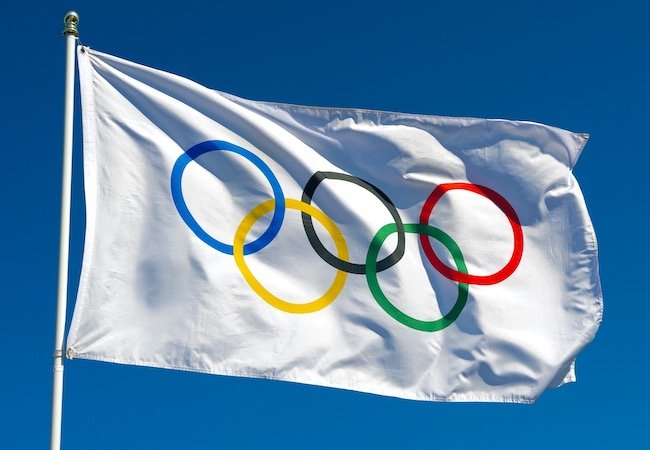The International Olympic Committee (IOC) was founded in 1894 by French historian, athlete and education reformer Baron Pierre de Coubertin. He proposed a sports event that would include athletes from across the globe – it soon became known as the Olympic Games. Athens, Greece, hosted the first games in 1896, including athletes from 14 nations. The 1912 Olympic Games in Stockholm, Sweden, was the first IOC competition to include athletes from the world's major continents (Africa, Asia, Europe, North & South America and Oceania).
The Olympic ring symbol debuted at the Games of the VII Olympiad Antwerp in 1920. Pierre de Coubertin created the interlocking ring logo in 1913, stating, "These five rings represent the five parts of the world now won over to the cause of olympism and ready to accept its fecund rivalries. What is more, the six colors thus combined reproduce those of all nations without exception." Contrary to popular belief, each ring does not represent a specific continent. However, you can see variations of at least one of the Olympic flag’s colours (blue, yellow, black, green, red and white) in the flags of all the nations in the world.

